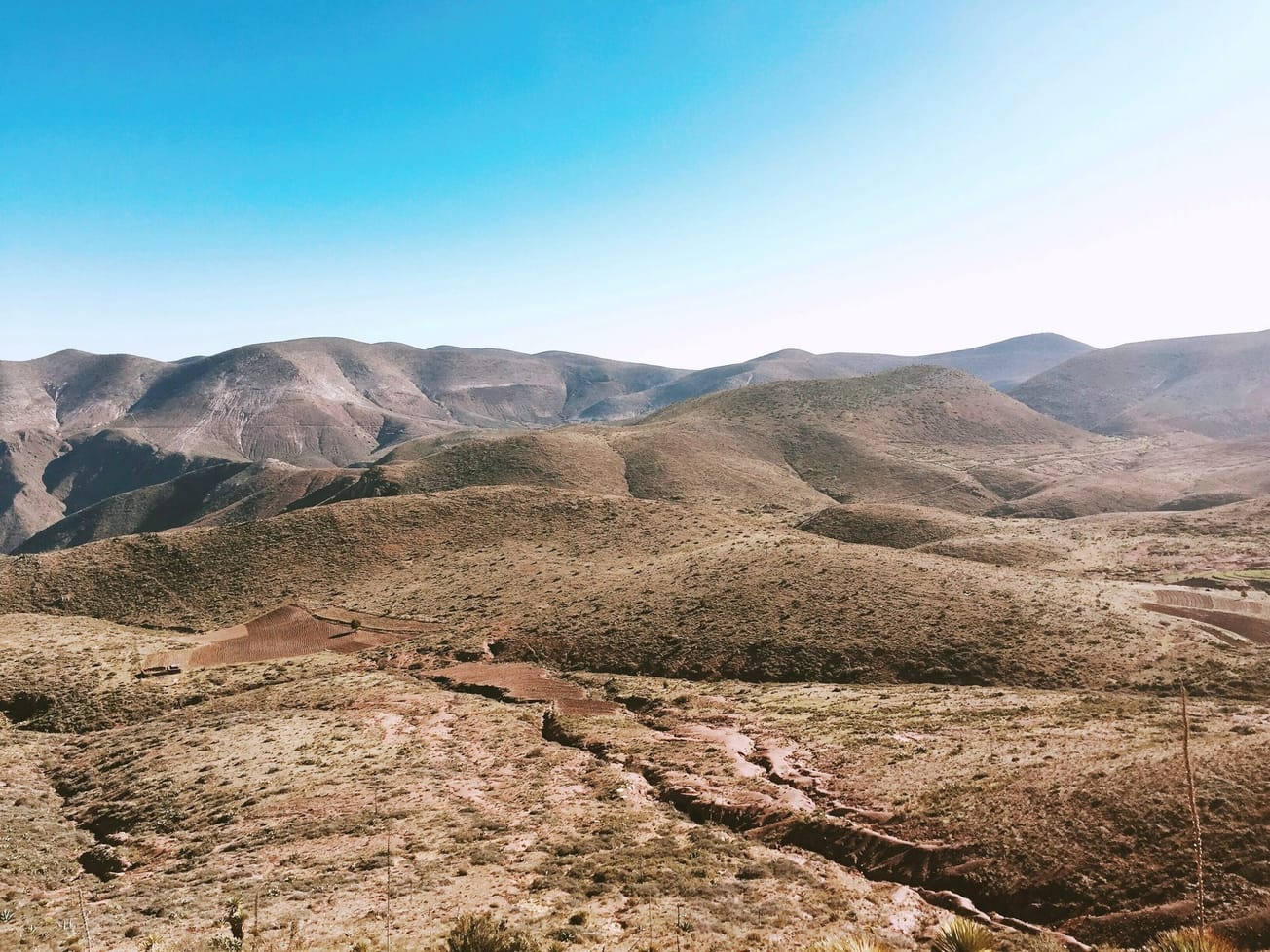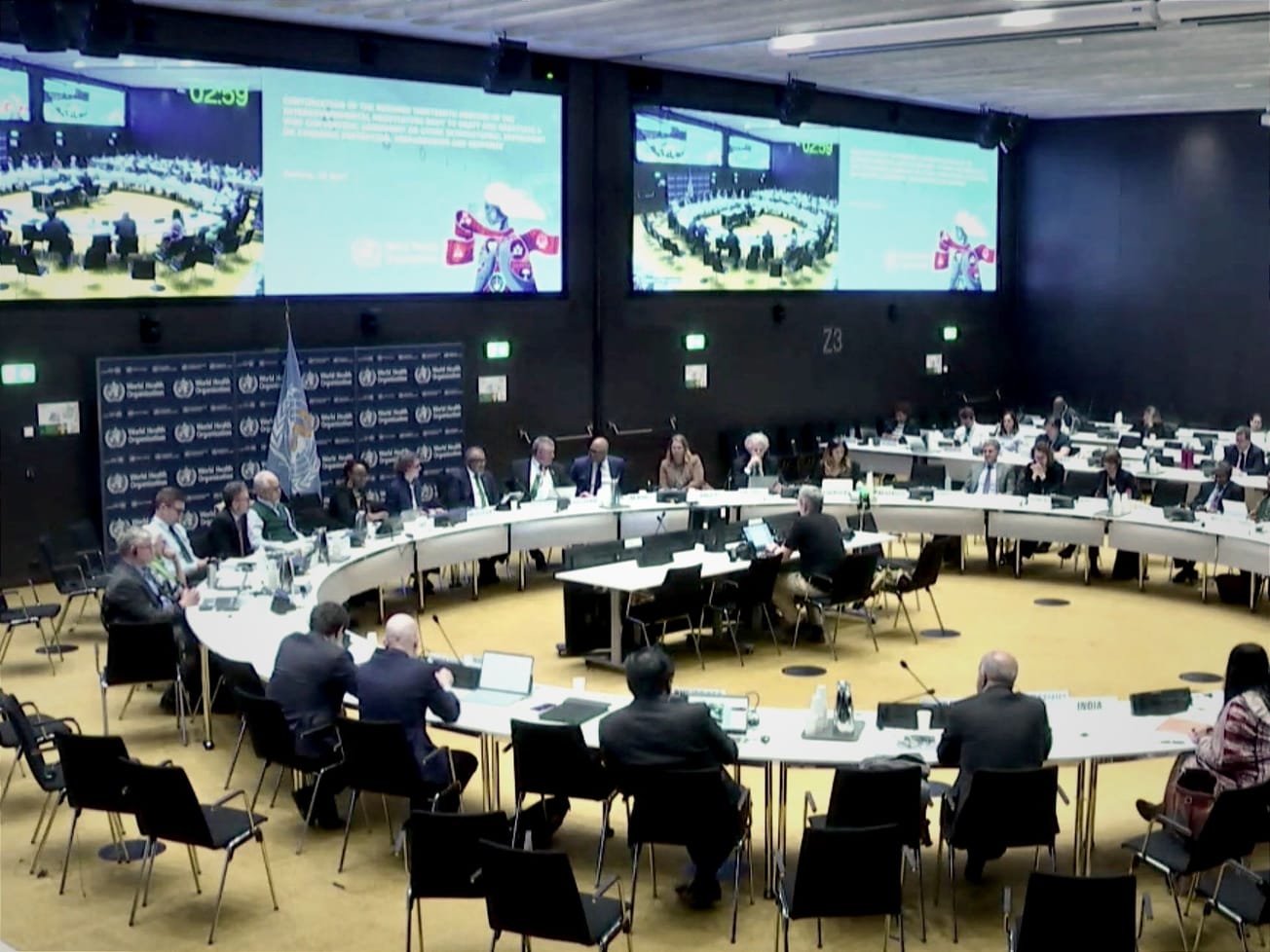A new report finds 77.6% of the planet's landscapes experienced drier conditions from 1990 to 2020 compared to the previous three decades – and most are now drylands inhospitable to farming, nature and people.
The U.N. Convention to Combat Desertification's report was released on Monday to influence decision-makers at its summit that will wrap up at the end of this week in Riyadh, Saudi Arabia.









